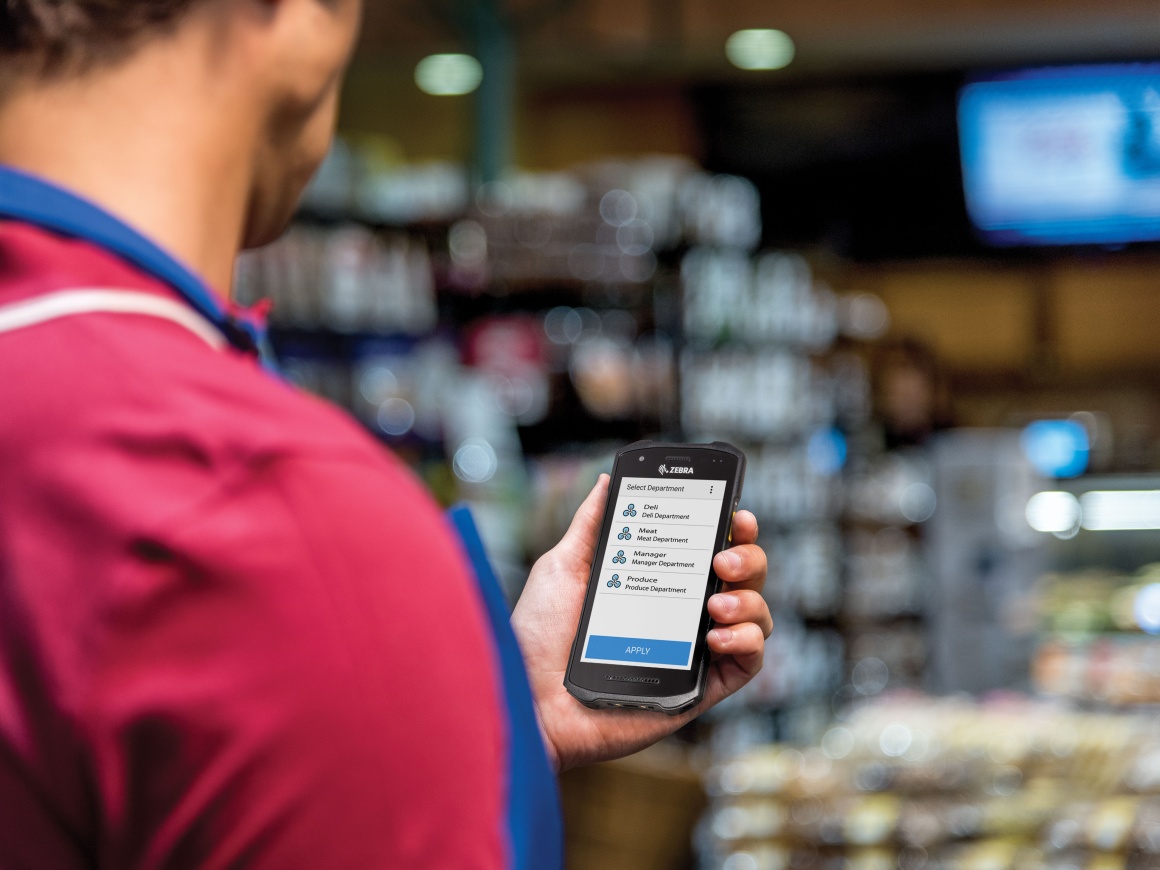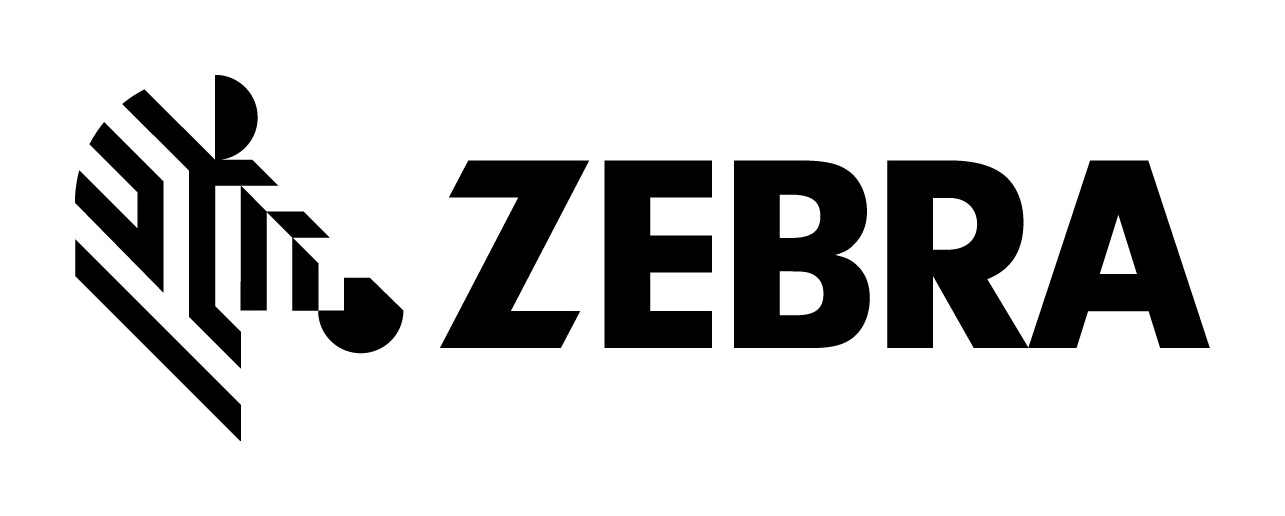Workforce management software in retail is successful when it optimizes processes, increases employee satisfaction, and improves customer service. Did you know that there is great cost potential hidden here and that thousands of euros can be saved every year? The right key performance indicators (KPIs) show the differences.
Workforce planning plays a crucial role in retail because it contributes to employee productivity and satisfaction, and customer service benefits from it. But how do retailers ensure that the workforce management software they choose creates high-quality workforce planning that delivers a return on investment (ROI)?
The first features for analysis provide the answers to these questions: Are the workforce schedules created proving to be effective? Do they result in the right staffing? Is the right number of employees with the right qualifications on the floor?
Assess the quality of workforce planning
What's more, the quality of a workforce management tool can be evaluated based on key performance indicators (KPIs). The following KPIs are based on Zebra's customers' experiences with Workcloud Workforce Optimization solutions. They have proven to be effective indicators for making an overall assessment of workforce planning.

The 5 most important factors in workforce planning
1.Workforce Planning Efficiency
A fundamental KPI when evaluating workforce scheduling is efficiency. How effectively does a workforce schedule meet staffing requirements? Does the plan minimize overstaffing and understaffing?
For example, if a system schedules five employees when only three are needed, 100% shift coverage may seem reasonable. However, two additional employees are planned. This results in a deviation of 40% from the optimal staffing level. Efficiency is only 60% due to overstaffing.
Customer demand must also be taken into account in the planning. A tool like the Zebra AI Staff Planner (AISP) creates workforce forecasts based on comprehensive data and analytics. These can already be used when advertising positions.
2.Punctuality
How exactly do employees stick to their scheduled shifts? Punctuality is a key KPI. Using a time tracking solution is essential for accurate measurement.
Exceptions that pile up on a time card, such as starting too early, ending too early, and missing breaks, indicate a need for optimization of workforce scheduling. Such discrepancies affect the overall quality of the schedule and lead to increased costs.
3.Staffing
Scheduling the right number of employees for specific time slots is important to meet forecasted staffing needs. With effective workforce planning, shifts are in line with predicted demand. Plan coverage guarantees that there are enough employees scheduled to meet the projected demand. The aim is to achieve a minimum coverage, but not to overcover.
4. Employee satisfaction
Are employees satisfied with workforce planning? Satisfaction with workforce planning can be tested through feedback and surveys. Optimizations should be aligned with regulations rather than individual preferences in order to achieve higher overall satisfaction.

5. Costs of workforce scheduling
A workforce schedule is based on scheduled hours worked at an average hourly rate. But that's not all. Advanced features show each employee's costs in the form of overtime bonuses, evening bonuses, and other factors when calculating costs. With these details, the financial impact of workforce planning can be accurately calculated.
Efficiency impacts ROI
The regular analysis of the results based on these KPIs enables the fine-tuning of workforce planning and an improvement of the overall workforce management. This allows retailers to maximize the ROI of their solutions.











